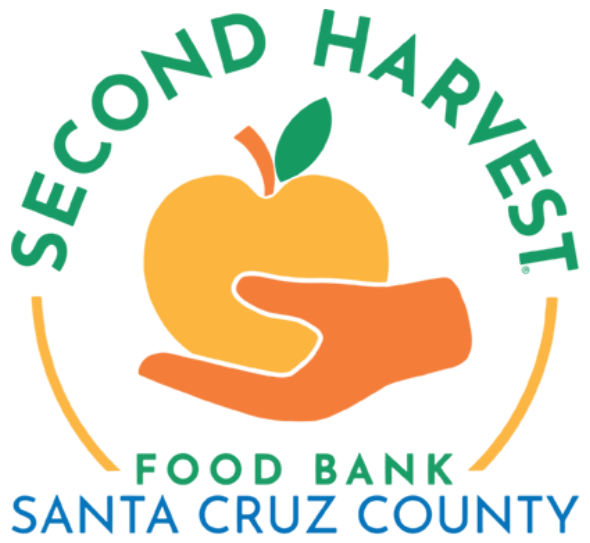Why the Holiday Food & Fund Drive Matters
What is the problem?
As you can read in the UCSC Blum Center report, Santa Cruz County:
"Experiences of food insecurity may be temporary or persist over long periods of time, and have been found to negatively impact health and well-being, child development, and academic performance."
"...approximately 20% of county residents remained at risk of food insecurity in fiscal year 2017-18."
"Second Harvest Food Bank and its network of nonprofit and community partners distributed over a quarter of all food assistance provided in the county. These providers play an invaluable role in alleviating food insecurity in Santa Cruz County and must be fully supported."
Why give to Second Harvest Food Bank?
It is as simple as this: Second Harvest Food Bank can help more people, using the same amount of money, than other organizations or individuals. SHFB can provide 3 meals for every $1 donated. You read that correctly, a person can eat for an entire day for one dollar. Though it sounds too good to be true, they can do this because of their extensive relationships with farmers, retailers, food bank networks, and dedicated volunteers.
SHFB sources over 10 million pounds of food each year from farms, grocery stores, food manufacturers, distributors, and individuals. They distribute this food to 100 food pantries, schools, soup kitchens, group homes, and youth centers... plus another 100 Second Harvest program sites.
The SHFB targets 50% of the food they distribute to be fresh produce, making SHFB the Healthiest Food Bank in the nation.
SHFB reaches over 65,000 people each month since COVID hit. Typically, these are children, seniors, veterans, homeless, working poor, and others who need some help from their neighbors to make it through a tough time.
How does Second Harvest Food Bank support UCSC?
- UCSC Food Distribution:
- In FY 2024, the SHFB distributed food to our student population via Slug Support & Family Student Housing. There were 5,908 individuals served within 4,108 households for a total of 87,504 pounds of food.
- This amount doesn't include the amount that UCSC students and employees receive from food distributions off campus.
- UCSC CalFresh (SNAP) Applications:
- As of FY 2024, UCSC is operating under a grant that facilitates CalFresh applications internally. The SHFB stands ready to assist again if needed.
- Historically, SHFB processed hundreds of UCSC CalFresh applications, with a ≈80% approval rate. Before our partnership, the UCSC approval rate was below 50% percent. SHFB also assisted with...
- Weekly Zoom meetings with UCSC Basic Needs staff so students can still enroll in CalFresh online.
- Training over a dozen CalFresh Buddies (student volunteers) to extend outreach on campus to general student body.
- Working with the Disability Resource Center to increase the CalFresh participation rate of students with a disability.
- UCSC Research:
- Collaborated with the UCSC Blum Center on Poverty, Social Enterprise, and Participatory Governance on an ongoing hunger study that published their most recent data in 2021: Food Insecurity in Santa Cruz County.
- UCSC Benefit:
- SHFB cost for providing these services on campus and online for UCSC students and employees exceeds $100,000/year.
- SHFB cost for providing these services on campus and online for UCSC students and employees exceeds $100,000/year.
These numbers above are based only off of the people who officially claim affiliation with UCSC. There must be even more UCSC employees and students going directly to SHFB and not through one of these UCSC programs.
Check out this video to learn more about Second Harvest Food Bank:

